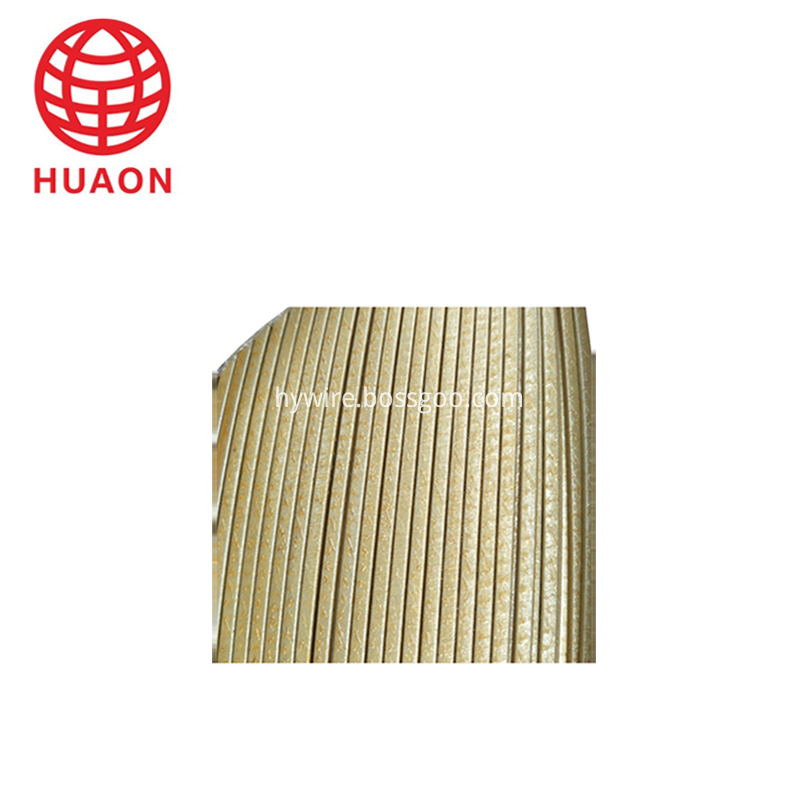Sound is essentially an energy wave, characterized by frequency and amplitude. Frequency corresponds to the time axis, while amplitude relates to the level axis. In the audible range, voice signals typically fall between 80 Hz and 3400 Hz, whereas music signals span from 20 Hz to 20 kHz. Voice and music are the primary focus of multimedia technology. Sounds that humans can hear range from 20 Hz to 20 kHz, known as audible sounds. Frequencies below 20 Hz are called infrasound, and those above 20 kHz are ultrasonic. In multimedia applications, only the audible range is considered.
**The Three Main Steps in Audio Digitization**
Since analog sound is continuous over time, it must be converted into a digital format before being processed by computers. This process is typically done using Pulse Code Modulation (PCM), which involves three key steps: sampling, quantization, and coding.
1. **Sampling**
Sampling refers to measuring the amplitude of the sound at regular intervals. The number of samples taken per second is known as the sampling frequency. A higher sampling rate results in more data points, making the digital representation closer to the original analog signal. According to the Nyquist theorem, the sampling frequency should be at least twice the highest frequency in the original signal to ensure accurate reconstruction.
Common sampling rates include 8 kHz, 11.025 kHz, 22.05 kHz, 16 kHz, 37.8 kHz, 44.1 kHz, and 48 kHz. For example, voice signals usually require a sampling rate of 8 kHz, while CDs use 44.1 kHz for high-quality audio.
2. **Quantization**
Quantization converts the sampled amplitude values into digital numbers. The precision of this conversion depends on the number of bits used—commonly 4, 6, 8, 12, or 16 bits. Higher bit depth improves the accuracy of the digital representation.
3. **Coding**
After sampling and quantization, the signal is encoded. For instance, a 44.1 kHz sampling rate with 16-bit quantization and stereo output results in a data rate of 1411.2 kbps. This requires about 176.4 KB per second, or roughly 10.34 MB per minute. To reduce storage and transmission costs, audio compression is often applied.
Compression aims to minimize data size without affecting usability. Key factors include bit rate, bandwidth, voice quality, delay, computational complexity, memory usage, and error sensitivity. Common audio standards like G.711, G.722, G.728, and AAC-LD are widely used in communication systems.
**Common Audio Protocols for Bluetooth Headsets**
Bluetooth headsets support various profiles for different functions:
- **HFP (Hands-Free Profile)**: Enables call control, such as answering or rejecting calls.
- **HSP (Headset Profile)**: Supports basic hands-free functionality.
- **A2DP (Advanced Audio Distribution Profile)**: Provides high-quality stereo audio streaming.
- **AVRCP (Audio/Video Remote Control Profile)**: Allows remote control of media playback.
- **APTX**: A high-quality audio codec with low latency.
- **OPP (Object Push Profile)**: Used for transferring files between devices.
- **PBAP (Phone Book Access Profile)**: Enables access to phone contacts via Bluetooth.
**Common Audio Protocols for Conference Systems**
Conference systems rely on standardized codecs for efficient and clear communication:
- **G.711**: A PCM standard with 64 kbps, commonly used in telephony.
- **G.722**: Wideband codec supporting 64 kbps with better sound quality.
- **G.722.1**: Offers lower bitrates with good quality, suitable for VoIP.
- **G.722.1 Annex C**: Extends bandwidth up to 14 kHz for enhanced clarity.
- **AAC-LD (Advanced Audio Coding - Low Delay)**: Provides CD-quality sound with low latency, ideal for video conferencing.
Each protocol has its own trade-offs in terms of bandwidth, delay, and quality. AAC-LD is particularly favored for its balance of performance and efficiency, making it a top choice for modern conferencing systems.
In summary, understanding these protocols and standards helps users choose the right audio solutions based on their specific needs, whether for personal use, professional communication, or multimedia applications.
| About Film Covered Wire |
Glass-fiber covered polyester film covered rectangular copper (aluminium) wire .includings Glass-fiber Polyimide Film Covered flat Copper wire, Glass-fiber Polyimide Film Covered flat Aluminium wire, Glass-fiber Polyester Film Covered flat Copper wire, Glass-fiber Polyester Film Covered flat Aluminium wire, Glass-fiber Covered flat Copper wire, Glass-fiber Covered flat Aluminium wire.
Packaging of Products
30/50/150 kg wooden spool
Application: medium and large electrical motor and transformer windings

Aluminium Wire,Film Covered Wire,Polyimide Film Covered Copper Wire,Film Covered Flat Wire
HENAN HUAYANG ELECTRICAL TECHNOLOGY GROUP CO.,LTD , https://www.huaonwire.com